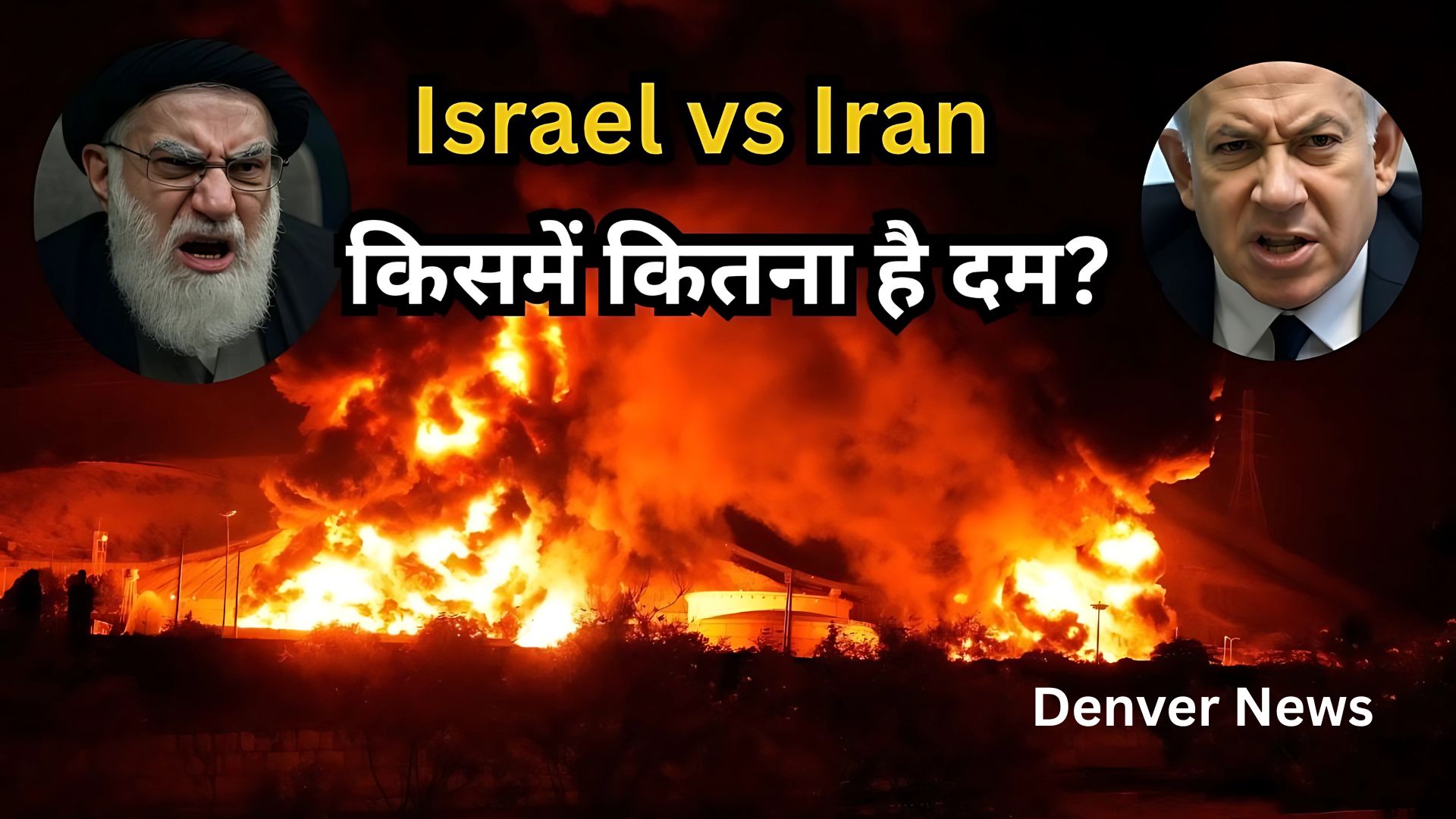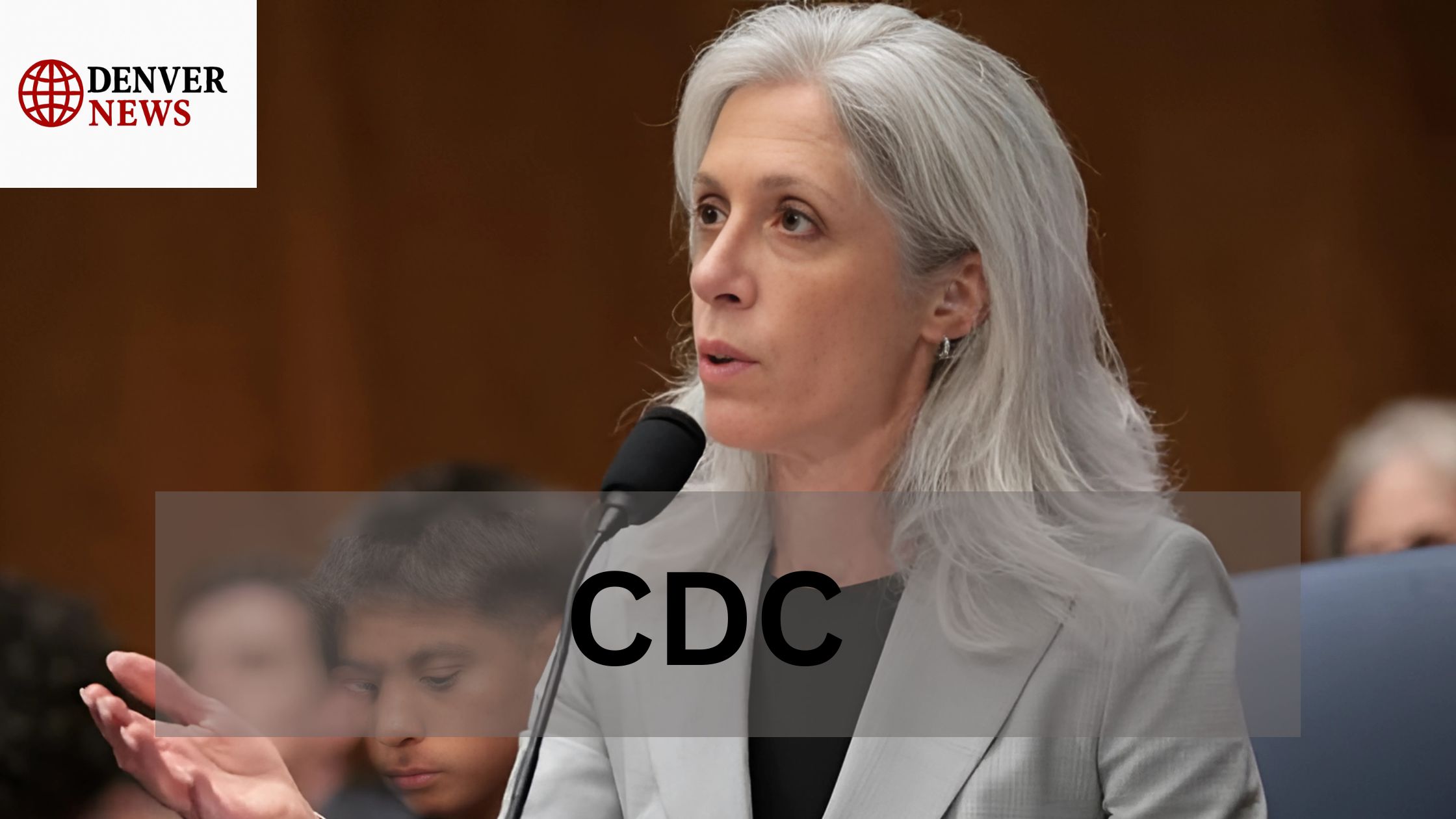The geopolitical rivalry between Iran and Israel has reached new heights in 2025, with Iran’s recent unveiling of the Fattah hypersonic missile adding fuel to an already volatile equation. As global powers watch closely, particularly the United States, questions arise over the future of Middle East stability and the growing threat of high-tech warfare.
🔥 What Sparked the Latest Tension?
At the heart of the recent flare-up lies Iran’s defense advancements. The Fattah hypersonic missile, a domestically developed weapon, claims to bypass all current missile defense systems. With speeds exceeding Mach 15 and highly maneuverable trajectory capabilities, it poses a serious challenge to regional defense mechanisms, especially Israel’s Iron Dome and Arrow systems.
Iranian officials touted the missile as “unstoppable”, raising immediate alarms in Tel Aviv and Washington D.C.
🚀 What is the Fattah Hypersonic Missile?
The Fattah missile—named after an Arabic word meaning “the conqueror”—is not just a symbolic declaration of strength, but a technical leap.
Key features include:
- Speed: Over 5,000 km/h, making interception difficult
- Precision: Capable of targeting specific strategic zones
- Maneuverability: Evades traditional defense systems with mid-air path adjustments
Iran claims it is a deterrent, not a weapon of aggression, but regional analysts are skeptical.
🛡️ Israel’s Response: Heightened Alert
In response to the missile test, Israel has increased aerial surveillance and missile defense deployments. The Israeli Defense Forces (IDF) have also reportedly conducted drills to simulate hypersonic attacks, reflecting growing anxiety within Israeli military circles.
Israeli officials have warned that any aggressive posturing by Iran will be met with force, fueling speculation about a possible preemptive strike or proxy escalations via Lebanon or Syria.
🌍 The US Position: Strategic but Cautious
The United States, a key ally of Israel and a significant player in the region, has expressed deep concern over Iran’s missile development. Pentagon officials indicated that while the US does not seek escalation, Iran’s missile capabilities pose a “direct challenge to regional stability.”
Washington is also pushing for more intelligence cooperation with Israel, and whispers of increased military aid have begun to circulate within Capitol Hill discussions.
⚖️ What’s at Stake?
This latest development doesn’t just represent a military upgrade, but a shift in the balance of deterrence in the Middle East.
- For Iran, it’s about asserting sovereignty and resisting Western pressure.
- For Israel, it’s about national security and protecting civilians.
- For the US and allies, it’s a ticking clock in a region prone to sudden escalation.
With no clear diplomatic off-ramp in sight, analysts warn that one misstep could spiral into a broader regional conflict.
📌 Final Thoughts
The Iran vs Israel tension has always been a complex geopolitical chess game. But with hypersonic weapons entering the fray, we are no longer dealing with mere politics—we’re entering an age where speed, precision, and unpredictability rule.
Other Using Link
What Does ‘Lear’ Mean? Understanding the Word, Its Usage, and Role







